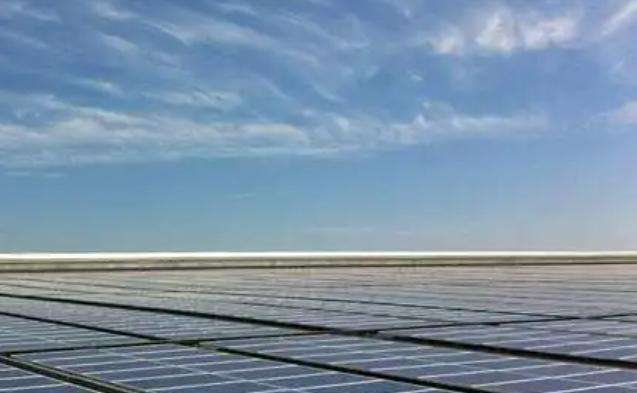The power per unit area is determined by the power of the solar panel itself.
For example, if a solar panel of 1.6 x 1 meter is transformed into 240 W, the average power per square meter is 150 W.
If a solar panel of same size is transformed into 220 W, the average power will only be 137.5 W.
As for the electricity production per unit area, in addition to its own power, it is also related to the geographical location (lighting conditions), installation angle, etc.
Solar energy, refers to the energy of thermal radiation from the sun (see the three modes of propagation of thermal energy: radiation), and its main manifestation is often called solar rays. Nowadays, it is typically used to generate electricity or provide energy for water heaters.
Since the birth of life on earth, it has mainly relied on energythermal radiation provided by the sun. Since ancient times, humans have also known how to use sunlight to dry objects and use it as a method. to prepare food, such as making salt and drying salted fish. With the decline of fossil fuels, solar energy has become a significant part of human energy consumption and continues to grow. There are two ways to use solar energy: photothermal conversion and photoelectric conversion. Solar power generation is an emerging renewable energy source. Solar energy in a broad sense also includes wind energy, chemical energy, hydropower, etc. on earth.
Solar energy is generated by the fusion of hydrogen and helium inside the sun to release enormous nuclear energy. This is the energy of solar radiation. Most of the energy needed by man comes from saydirectly or indirectly from the sun. Plants release oxygen, absorb carbon dioxide and convert solar energy into chemical energy and store it in the plant body through photosynthesis. Fossil fuels such as coal, oil and natural gas are also primary energy sources formed by the evolution of ancient plants and animals buried underground over a long geological period. The energy contained in the earth itself generally refers to the energy related to the thermal energy inside the earth and the energy related to the nuclear reaction.
The number of household appliances powered by solar panels is calculated based on monocrystalline solar panels. For example, a 100 watt monocrystalline solar panel can generate 600 to 650 W of electricity per day when the battery is fully charged and based on standard lighting (no clouds all day).daytime). A complete set of electronic components in the solar generator. His function. is to ensure current direction and overshoot and overdischarge. According to home systems, a 29-inch Changhong color TV can be used for about 5-6 hours to generate electricity for a day, a 5-watt energy-saving lamp can be used for 100 hours, and a fan 60 watt electric. can be used for 8-9 hours.














